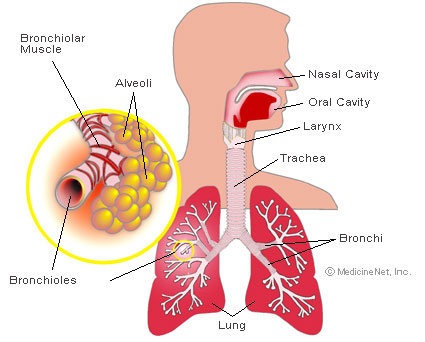 Lung cancer
Lung cancer
Our body regenerates itself by replacing worn-out cells with new cells. every part of our body goes through this cycle of regeneration. however, the cell regeneration can go out of control due to various reasons. a condition known as cancer created when an organ recreates new cells rapidly and uncontrollably. Importantly, any kind of cancer needs medical intervention to remove the overgrowth to prevent the spread of malignancy to other healthy organs in our body.
An abnormality in the lung tissues cause lung cancer. the majority of lung cancers, about 95 percent, tend to be carcinomas on the outermost tissue of the lung, though a very small percentage of these lung malignancies might be Mesothelioma that are coming from lung cancer in the pleura.
Lung cancer diagnosis
Diagnosis of lung cancer is challenging sometimes since 25% of people clinically determined to have lung malignancy may have no signs or symptoms before a diagnosis. a diagnosis happens in most of these cases whenever a chest x-ray carried out for a different unrelated cause and an anomaly turns up. Usually a biopsy, small piece of lung tissue, needed to confirm the diagnosis.
Symptoms like lingering chest discomfort, coughing and wheezing, weight loss, exhaustion, chronic hoarseness, and difficulty swallowing related to some other reasons and therefore prevent early diagnosis or detection of lung malignancy. Early stages of lung cancer more amenable to treatments and less likely to have additional organs involved. nonetheless, this will depend on the kind of cancer malignancy.
Evidently, smoking is the leading cause of deaths attributed to lung cancer across the world although genetic factors, radon gas, asbestos, and air pollution including secondhand smoke known to cause the cancer.
Radon gas
Contact with Radon gas is a root cause of lung cancer causing nearly twelve percent of all lung-cancer or malignancy fatalities. Radon is a colorless and odorless gas, and therefore not detectable by human senses alone. Radon gas from natural sources can accumulate in buildings, especially in confined areas such as attics, and basements. Further, depending on how houses built and ventilated, radon may accumulate in dwellings.
Air pollution and asbestos fibers
Particulates in the air likewise seem to have some effect on the growth of some types of lung malignancy. the smaller the particulate the more deeply it penetrates throughout the lung. Asbestos fibers are also a cause of lung cancer. Moreover, silicate fibers can easily remain in the lungs periods in excess of 20 years. Employees exposed to these asbestos fibers have a five times greater risk of developing lung cancer malignancy and people who smoke and who are exposed have got a 50 to 90 times higher risk than non-smokers.
Infections and diseases
In addition to smoking, air pollution, and radon gas, various diseases associated with teeth, mouth, nose, and throat likely increase the risk of developing lung cancer. The infection can spread to lungs from Gums, for example, to irritate lung tissues.
Preventive measures
To prevent lung cancer, we must ensure proper ventilation of our homes and offices. Large and open windows can let good amount of light and fresh air into a home. Further, quit smoking, or stop smoking inside the building or when near children, for instance. Passive smoking can increase the risk of lung cancer among non-smokers, and especially children. Remove asbestos from your home and and the vicinity. Importantly, take precautions and use safety equipments to remove and dispose off asbestos.
Better awareness and preventative measures helps us to reduce the risk of developing lung cancer. Active lifestyle and keeping our environment clean will keep us to greatly reduce the risk of developing lung cancer among us and our family members.